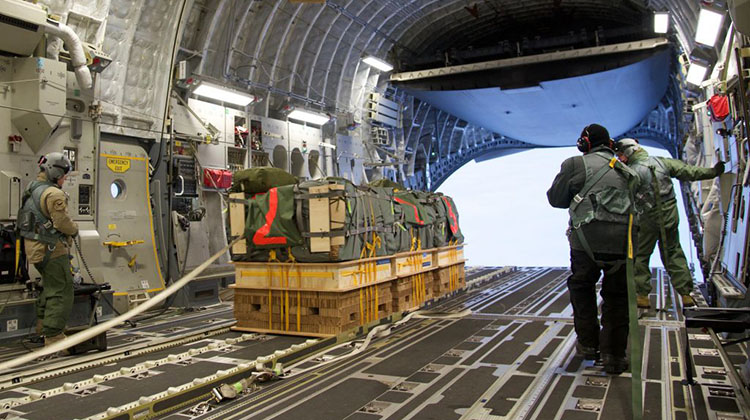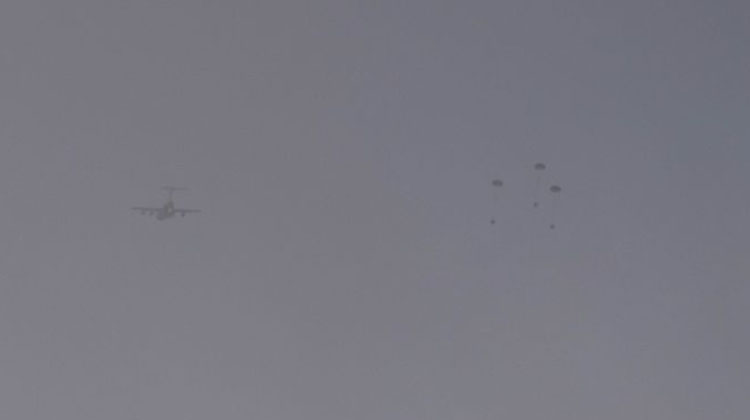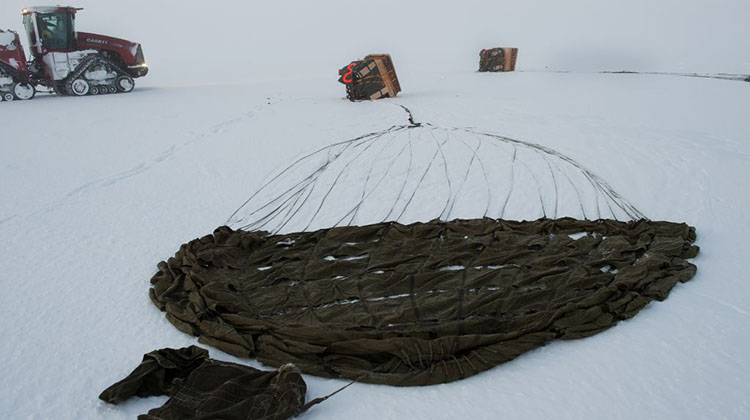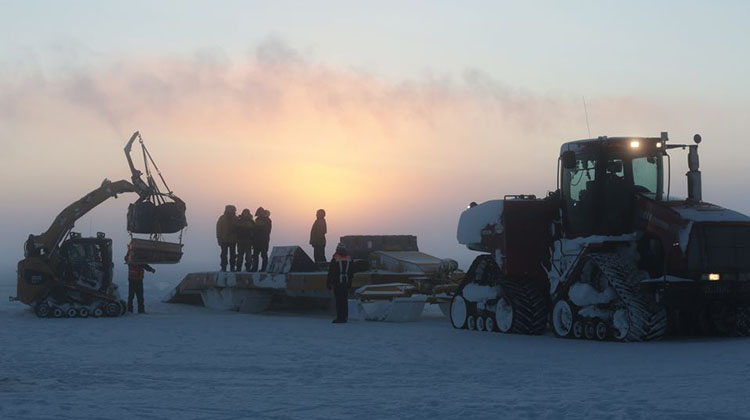
A RAAF C-17 Globemaster airlifter has successfully completed a test airdrop of supplies and equipment to the Australian Antarctic Division’s Casey station.
The C-17 dropped 1,500kg of medical supplies, mechanical equipment including tractor parts and mail via three pallets, validating the concept of resupply from the air during winter when Australia’s Antarctic bases can’t otherwise be reached by air or sea.
“This is a really significant development, improving the logistical support we can provide to all our stations, Casey, Mawson and Davis, over the long winter period,” Australian Antarctic Division future concepts manager Matt Filipowski said in a statement.
Access to Australia’s Antarctic stations traditionally has been limited to the summer months between October and March, Filipowski explained.
“During winter Antarctica is cloaked in darkness and experiences extreme temperatures, which means we can’t reach our stations by sea or air.”
The load was delivered using the A22 high velocity container delivery system, with the normally RAAF Amberley-based C-17 flying out of Avalon Airport near Melbourne to allow the crew to confirm suitable weather over the drop zone, which was located on the Casey plateau. The aircraft departed Avalon early on Saturday morning for the 10 hour, nearly 8,000km round trip to Antarctica. The drop was undertaken in low light with temperatures of below -30 degrees Celsius.
“We previously made an airdrop via a helibox in February this year, which was successful,” officer commanding 86 Wing, Group Captain Adam Williams, said.
“Using a different airdrop method, such as the high-velocity drop, we can increase the loads and perform the airdrop with a higher tolerance for inclement weather.
“This delivery system allows the loads to fall at a higher speed, reducing the time spent in the air and limiting the effect of the wind during the descent.”

Planning the airdrop included rehearsing the flight in the C-17 simulator, 36 Squadron pilot Flight Lieutenant Doug Susans explained.
“There were a number of challenging environmental conditions including freezing temperatures, darkness and a featureless environment,” FLTLT Susans said.
“We undertook training in the simulator before the mission to make sure we were familiar with the locations, timings and observations.”

The airdrop is part of a series of trials to validate the C-17’s ability to support the Australian Antarctic Division.
During summer a series of five trial flights delivered a total of 109 tonnes of cargo to Wilkins aerodrome, while a sixth flight was flown to Wilkins to recover three Squirrel helicopters and 28 expeditioners after a blizzard damaged the supply ship Aurora Australis.













